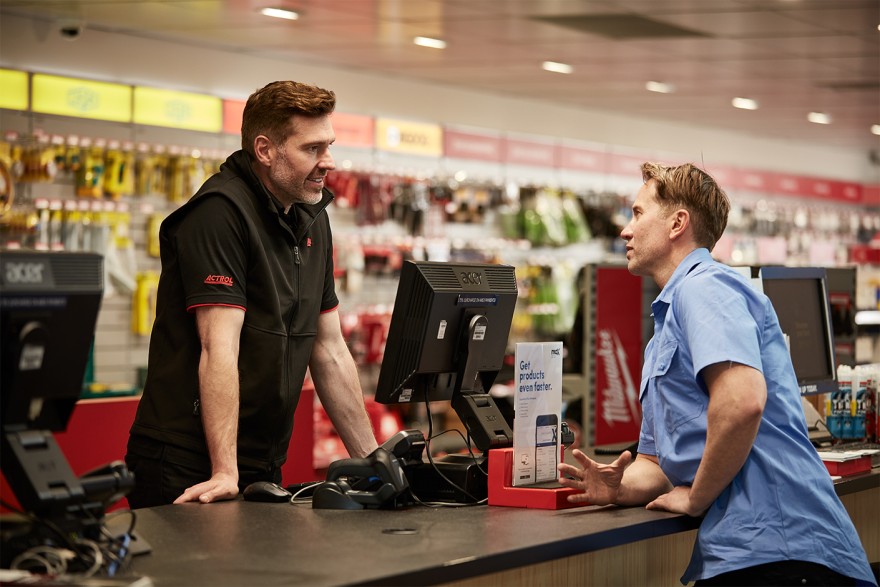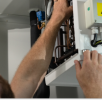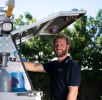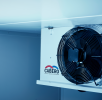RE-STARTING A REFRIGERATION SYSTEM AFTER A FLOOD EVENT
In response to the extensive flooding that is occurring in parts of Australia, the following advice is provided for dealing with refrigeration systems that have been partially or completely submerged in flood waters.
Now that flood waters are receding in some areas, it’s important to follow the correct steps when restarting a refrigeration system to ensure your safety, your client’s safety and the integrity of the refrigeration system is maintained.
HAZARD IDENTIFICATION
Entering Spaces
- Consult a qualified electrician to ensure the area has been isolated or made safe prior to entering.
- Be aware that during flood events, loose debris and other equipment can dislodge and damage piping, valves and wiring.
- Gaining access to the area may be slow. Appropriate PPE is a must – Expect significant debris will need to be moved to enable access to plant equipment. Tough and sturdy gloves will offer some protection from damaged shelving and structures. Wear appropriate footwear to navigate the area safely and to reduce the risk of injury. Ensure the pathway is completely cleared of debris to avoid sprains and falls.
- Refrigerant and other gasses may reduce the amount of available oxygen in areas. Adopt confined spaces safety protocols when entering a plant room or similar enclosed spaces.
STARTING UP THE REFRIGERATION SYSTEM
Prestart
Whist a well-maintained refrigeration system is sealed and can be submerged in water, care must be taken when restarting this system.
- Prior to attempting any work on the system, consult a suitably qualified electrician to ensure the integrity of the electrical system is maintained and all safety systems are present, active and in working order. Ensure everything is dry, including isolators, contactors, overloads, terminals and inside junction boxes.
- Assume that power to the system was switched off suddenly, either manually prior to evacuation or tripping due to water ingress. Consequently, the crankcase heater must operate for at least 12 hours before starting the system or fatal damage can be arise on the compressor. Advise your clients of this requirement to help them understand when they may reasonably expect to start trading again.
Restarting the system
When restarting a refrigeration system the following checks can be performed to enhance reliability therefore protecting the safety of their cold chain and reducing the energy consumption of the refrigeration system.
System Check List
Before switching on:
- Inspect all piping, connections valves, sensors, switches and oil and pressure lines are installed correctly and undamaged.
- Check the compressor crank case heater has been engaged for a minimum of 12 hours before restarting the refrigeration system
- Check the supply voltage
- Check and tighten all electrical connections
- Check electrical wiring and components to ensure no damage or dampness
- Consider changing fans, otherwise prior to switching on, check junction boxes on fans are dry inside and fans are undamaged and spin freely
- Check and clean the condenser coil
- Check and clean the evaporator coil
Switch unit on:
- Check the fans operate correctly
- Check the compressor crank case heater has been engaged for a minimum of 12 hours before restarting the refrigeration system
- Check the supply voltage
- Check the evaporator superheat is correct (when refrigerated space is close to design temperature)
- Check for any abnormal vibrations
- Check the refrigerant charge
- Check the amperages of major components
- Check the control system and pressure controls are correctly set and working.
Following these system checks will help to enhance the reliability and energy efficiency of your client’s refrigeration system.
*This check list is a guide only. Some sites or applications might have other requirements that are not covered in this procedure.





